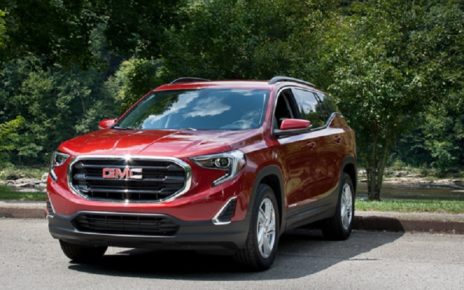Are you in need of a risk-free means to move your mobility scooter, wheelchair, or power chair when traveling in your cars, truck, van, or SUV? You have come to the right place! With mobility scooter lifts, it’s now easier than ever before! Let’s encounter it, your mobility device, power chair, or scooter is your main ways of transport, yet sometimes taking it with you in different locations can be a challenge and hazardous.
Two Types of Scooter Lifts are Offered
- System Lift: This type of lift comes in both inner and outside models and also is the easiest storage space remedy. It functions by simply driving your mobility scooter or power chair onto the platform of the lift; safeguard it with the consisted of manual or automatic retractable tie-downs as well as activate the power training choice with the included hand pendant. Your equipment will after that be raised and saved safely either outside on the back of the automobile, connected to a trailer hitch or inside your vehicle hatch where it is out of the elements as well as more protected from damages.
Keep in mind: Not all cars can approve the exterior choice due to an automobiles tongue weight restrictions as soon as a trailer hitch is set up. Please talk to a lift supervisor for more information and car/chair compatibility.
- Crane Design Lift: This sort of lift is a lot more at risk to the weight of the mobility scooter, mobility device, or power chair regarding if it will make an excellent option. The layout makes this style lift suitable for smaller movement scooters, mobility devices or power chairs and those who want or require even more indoor space in the back of their automobile whether a gadget is being kept or otherwise. Your equipment, such as wheelchair scooter, wheelchair or power chair, will additionally call for a little adaption, as a lifting factor will need to be installed for the lift to work effectively. Please get in touch with a lift supervisor for even more details and vehicle/chair compatibility.





